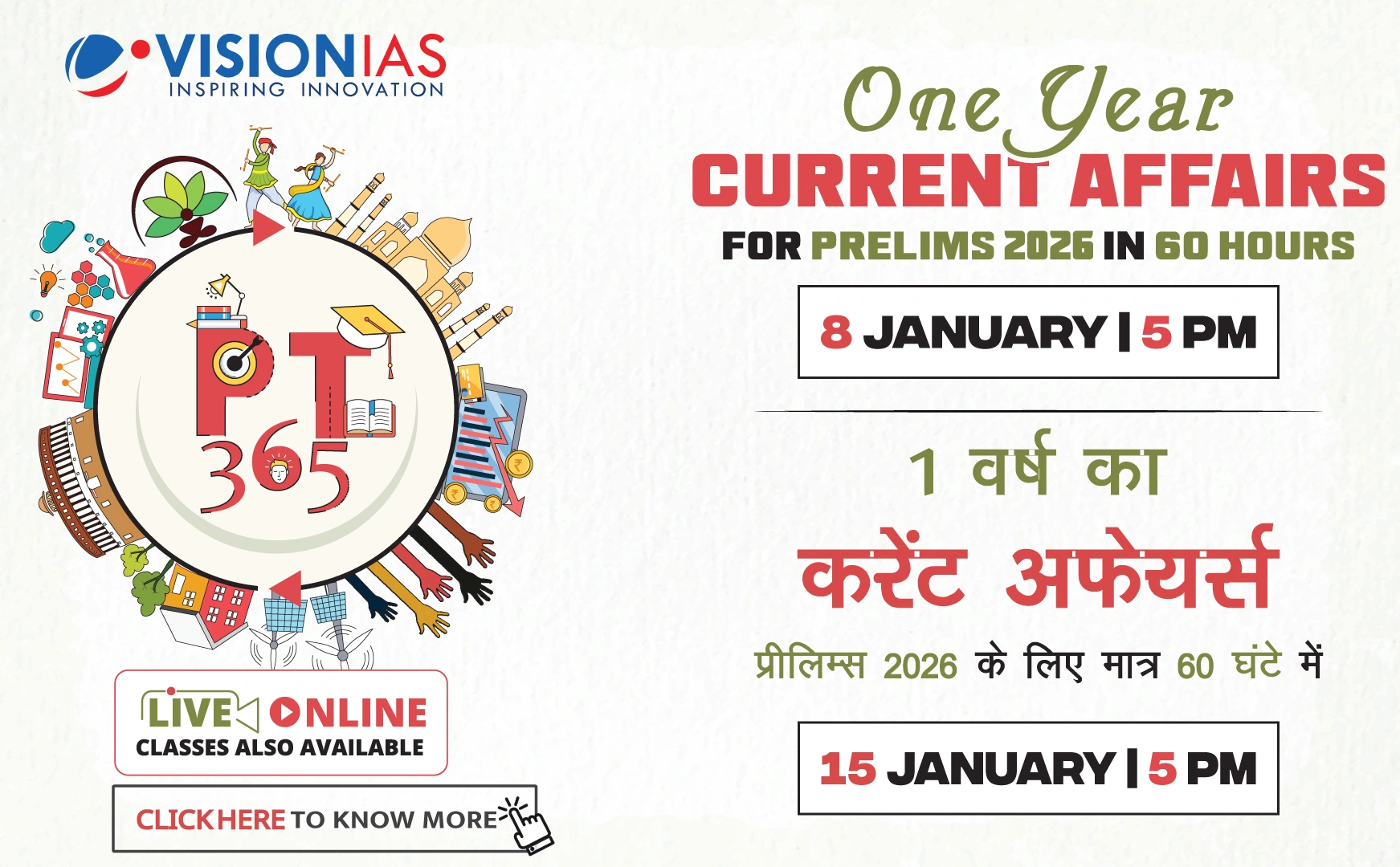Overview of Fiscal Disparities and Regional Imbalances in India
The article discusses the fiscal dynamics between India's southern states and the more impoverished northern states, particularly focusing on central tax devolution, expenditure patterns, and the wider economic implications.
Central Tax Devolution and State Grievances
- Southern states, including Kerala, claim reduced shares of central tax devolution over time. For instance, Kerala's share declined from 2.4% in FY11 to 1.9% in FY26.
- The total pool of devolution has decreased as the Union government increasingly uses cess and surcharge instead of regular taxes.
- States argue loss of revenue sovereignty due to GST, which benefits consuming over producing states, thus favoring poorer states.
Fiscal Capacity and Regional Imbalance
- Despite reduced devolution, southern states maintain a fiscal advantage on a per capita basis, with Kerala, Tamil Nadu, and Karnataka generating significantly higher tax revenue per person compared to Bihar and UP.
- Expenditure patterns also show disparities: Kerala's per capita expenditure is much higher than Bihar and UP.
- Own-tax revenue in southern states is higher (60-71%) compared to poorer states (22-38%).
Historical Context and Expectations of Convergence
- Post-independence, it was expected that poorer states would catch up with richer ones, but convergence has not been uniform.
- The Finance Commissions aim to reduce regional imbalances but face challenges as fiscal transfers do not automatically enhance economic development.
Public Services and Infrastructure
Higher fiscal capacity in southern states translates into better public services like education and infrastructure, while northern states struggle with lower per capita outlays and underutilization of funds.
Education and Migration
- Poorer states like Bihar and UP have low per student spending and high dropout rates.
- Fiscal resources are often politicized rather than invested in human capital, affecting long-term growth prospects.
- People migrate to southern states for better opportunities due to stronger educational and infrastructural ecosystems.
Private Investment Dynamics
- Southern states are more attractive to private enterprises due to better human capital and infrastructure.
- Maharashtra, Karnataka, and Tamil Nadu together capture over half of India's FDI, unlike Bihar and UP.
Policy Implications
- Merely increasing financial transfers is insufficient for regional convergence.
- Focused investments in foundational learning, infrastructure, and institutional development are necessary to enhance productivity and attract private capital.



